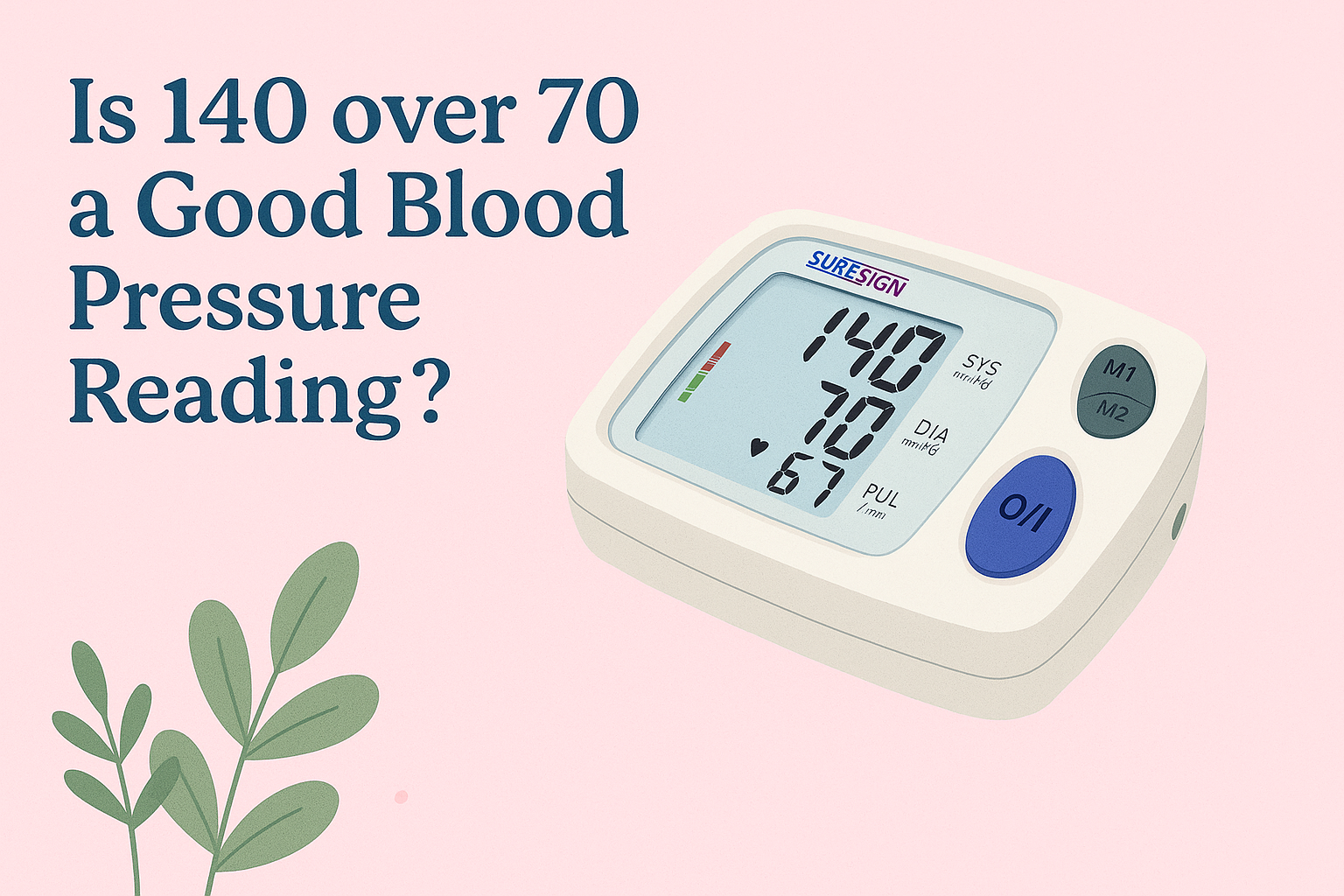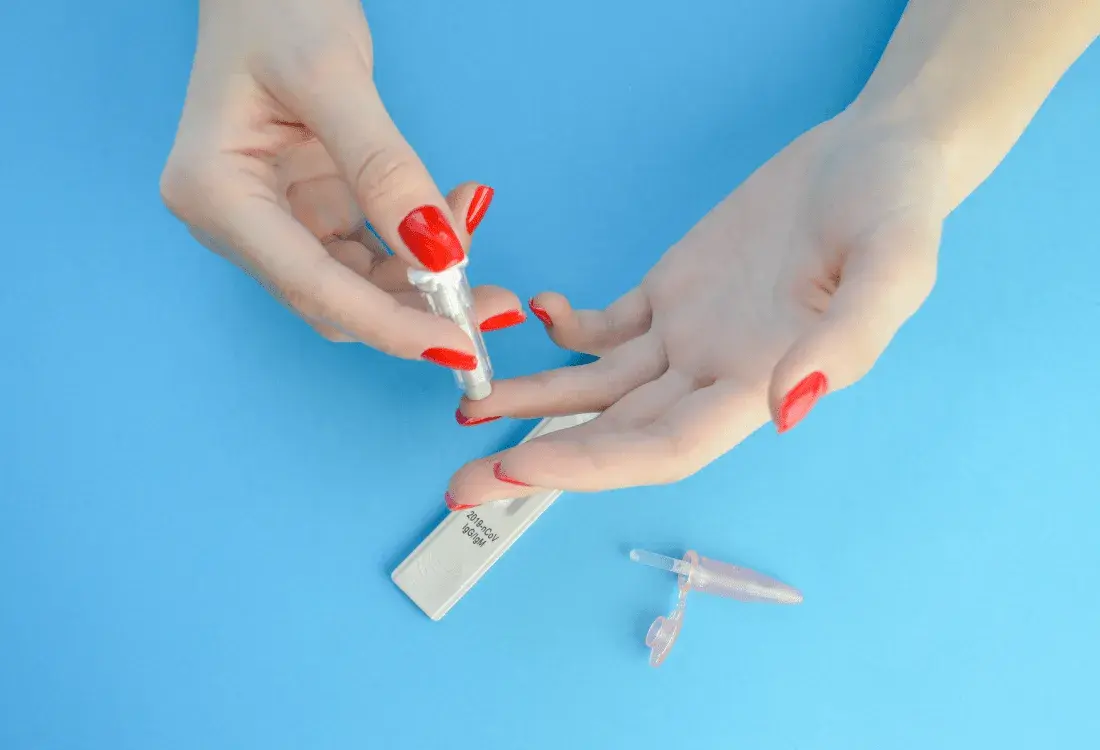A Guide To Using A Home Blood Pressure & Pulse Monitor With Irregular Heartbeat Detection
Regular monitoring of blood pressure is essential to maintain your overall health, particularly as high blood pressure – hypertension – often presents without symptoms. Elevated blood pressure can lead to severe complications including heart disease, stroke, or kidney problems, so monitoring allows timely intervention and reduces risks through lifestyle adjustments or medical treatments.
The Suresign Blood Pressure Monitor is intended for the measurement of Systolic & Diastolic arterial blood pressure. The device measures the fluctuations in the pressure of the cuff produced by extension & contraction of the artery in the arm in response to each heartbeat. These are converted into millimetres of mercury (Hg) & are displayed as a digital value. This home blood pressure monitor also includes an irregular heartbeat detector & WHO classification indicator. Arrhythmias or heart rhythm problems are experienced by more than 2 million people in the UK. Most people with an abnormal heart rhythm can lead a normal life if it is properly diagnosed and monitored.
Sometimes attending your GP for regular blood pressure monitoring can be inconvenient and impractical, so carrying out a home test is a great viable option and results could be reported to the surgery. However, to obtain accurate results, it’s important to conduct the test in the correct way, following these simple steps.
1. Prepare for the measurement
To obtain an accurate blood pressure reading, it is important to prepare yourself properly for the test. Being relaxed and calm will help prevent incorrect readings, so find a quiet and comfortable place to sit, with your back straight and feet positioned flat on the floor. Rest for at least five minutes before taking the reading as this will produce a more accurate result. Home blood pressure monitoring kits can be advantageous, as some patients experience anxiety when attending the GP which can drive their blood pressure up.
2. Achieve the correct position
Place your arm on a flat and steady surface, such as a table, with your palm facing upwards. The cuff should be wrapped snugly around your upper arm, approximately one inch above your elbow. If it feels too tight, it probably is, so loosen it a little. (Refer to instruction leaflet for more guidance)
3. Take the measurement
To take the blood pressure measurement, turn the monitor on and carefully follow the manufacturer’s instructions. Press the start button to commence the measurement, staying as relaxed as possible. Avoid sudden movements or talking.
4. Record the measurement
Write down the blood pressure reading as soon as possible to avoid forgetting it or making a mistake when recording it. A log of your home blood pressure monitor readings over time will help you to understand your blood pressure, and periods of high or low pressure, and should be shared with your GP during check-ups or relevant consultations.
5. Observe healthcare guidelines
Your optimum blood pressure will depend on several factors, such as your age, gender, weight, and health condition. Your GP or healthcare provider will be able to provide you with more information to help you to understand your blood pressure and what it means for your overall health.
Order Your Home Digital Blood Pressure Monitor Today
If you want to play a more active role in managing your health, a home blood pressure monitor is a cost-effective option that can offer you important insights into your wellbeing. For more information, please call us on 02825 685385 press option 1 for sales.
Posts by topics
- self-testing kits (31)
- Home Testing Kits (28)
- Pregnancy tests (15)
- Uti home test kits (11)
- Home Blood Pressure & Pulse Monitor (9)
- Pregnancy (8)
- Blood Pressure Monitors (7)
- Vitamin D Testing Kits (7)
- 6-day Early pregnancy tests (4)
- Blood Test Kit (4)
- Iron deficiency test (4)
- Diabetes journey (3)
- Uncategorised (2)
- Urine Test Kit (2)
- Business Awards (1)
- Covid-19 (1)
- Frogs as pregnancy tests (1)
- Gestational Diabetes (1)
- Home Ovulation Tests (1)
- Managing Chronic Conditions (1)
- Pharmacy (1)
- Repeat UTIs (1)
- Twin Pregnancy (1)
- false positive (1)
Recent Posts
Subscribe to our blog
You May Also Like
These Related Stories

Is 140 Over 70 a Good Blood Pressure Reading?

What Pharmacists Should Say About The Dangers Of Heatstroke




No Comments Yet
Let us know what you think